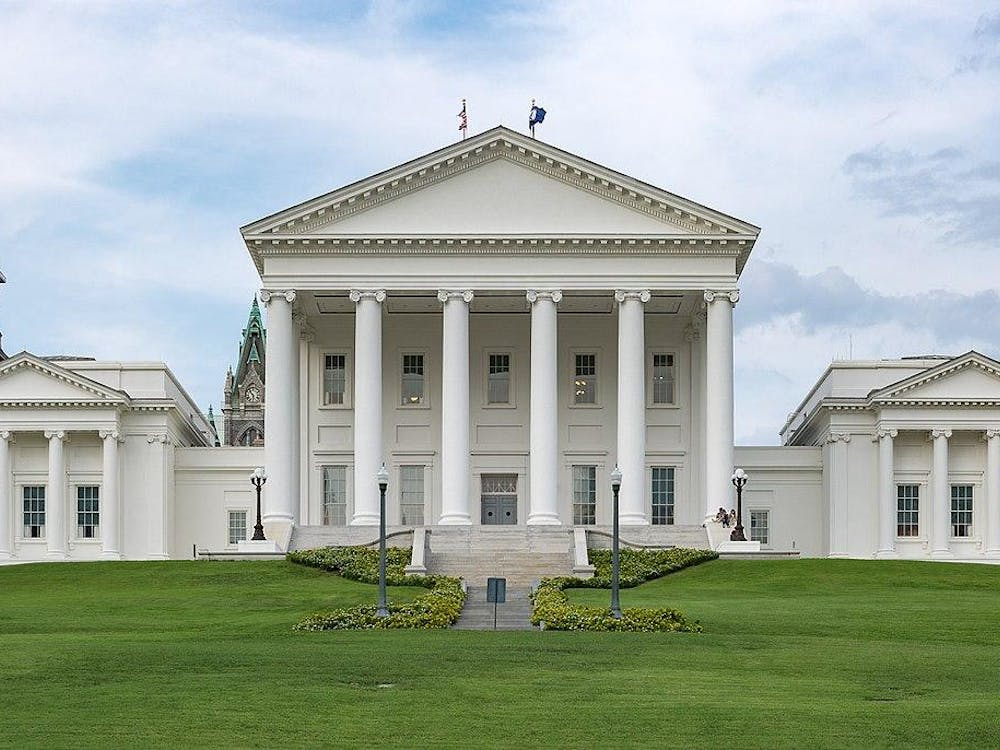On July 1, the European Court of Human Rights had what may be the last word in the three-year debate surrounding the Muslim veil in France. The issue was introduced to the court by a 24 year-old French woman of Pakistani descent, who claimed that she had the right to wear a niqab “in accordance with her religious faith, culture and personal convictions.” The court denied her claim and endorsed the French Senate’s decision to make face-coverings illegal, which was passed in 2010.
Proponents of the ban claimed that the niqab presents a security risk, as it conceals all but a person’s eyes. Some point to the veil as a tool for the oppression and exclusion of Muslim women from full participation in society. Opponents of the ban, including several women who wear the niqab, have argued that since they choose to wear the veil, it is a matter of personal freedom that should not be violated.
The issue of how the veil affects women is charged and multi-faceted. However, the ban on face-coverings in France will not solve any of the perceived issues that those who wear the veil face. It is and ineffective method of combating a cultural practice. The law will likely lead to the alienation of women who wear the niqab from French society, rather than achieve its goal of integrating them into secular French society.
The first — and perhaps most obvious — issue with this law is that placing legal limitations on dress is a distinctly undemocratic practice. In affrontation of its motto “liberté, egalité, fraternité” (liberty, equality, brotherhood), France has now joined the ranks of Saudi Arabia and Iran, other nations who legally restrict public dress. The French police force is hesitant to arrest people for violating the law. As of July 1, no women have faced legal consequences for wearing the niqab in public, though they can be fined nearly $200 or forced to attend citizenship lessons. The latter punishment is especially problematic, as it suggests any woman wearing a niqab must not understand what it means to be French, despite the fact that the majority are French citizens.
The lack of formal arrests is misleading, since there has been an increase in instances of violence and discrimination in public spaces against women wearing the niqab. With the ruling of this European court, the wearing of the niqab is not only seen as alien and contrary to Western culture, but also as criminal. In 2011, Nelly Moussaid, a woman living in Marseille, told the New York Times, “Before, on the street, I got only stares. But now people look at us as if we had killed their mothers.”
An argument that has been used consistently in this debate is that niqabs present a security risk, as they conceal a person’s identity in public. However, the French government provided no examples of when identity fraud had occurred or context for this claim when passing the law. According to BBC News, only 2000 women in France wear the veil. While I agree that these women should show their faces when asked to do so by a government official in order to identify themselves, banning the veil seems a disproportionate reaction to a unsubstantiated potential security risk.
A common misconception among citizens of Westernized nations is that Muslim women are forced to wear the veil by their husbands or family members and that it is used as a means of oppression. A section of the original French law states that a person who forces a woman to cover her face may be imprisoned for a year and fined $43,000. However, many Muslim women view the veil as an expression of their devotion to God above all else and their resistance of the shallow constraints of society.
The claim that the veil is oppressive works only in a Western framework. Isn’t the definition of oppression rooted in a person being subject to unjust control by an authoritative entity? While in Saudi Arabia women who do not want to wear the veil must still do so, the same cannot be said for France. Women who wear the veil in France do so of their own accord. The issue of free choice becomes difficult in instances such as this, where the line between cultural obligation and personal choice is blurred. However, the practice of wearing the niqab is something that should not be decided by the French government, or any government for that matter. This ruling does not change the way the women it affects feel about the veil, only the way they feel about their place within France.
France certainly has the right to maintain its secular values. The separation of religion and government has been vital to their modern national identity. However, in this instance the secular values of France have been stretched to exclude a portion of its religious citizens. In addition, the ruling sets a troublesome precedent for how this issue will be handled in other European nations. Belgium enacted similar legislation in 2011. The Netherlands has had several failed attempts to do the same since 2010.
A better way for the government to enforce “social cohesion” would be to focus on the de-stigmatization of minority groups within society. Laws like the ban on face-coverings are a step backwards from a free and democratic society that protects its minority populations. The court’s decision is final and cannot be reversed. However, it is more likely that the French government will challenge its own ruling in the future if other nations abstain from following this example.
Mary Russo is an Opinion Columnist for The Cavalier Daily. She can be reached at m.russo@cavalierdaily.com.





